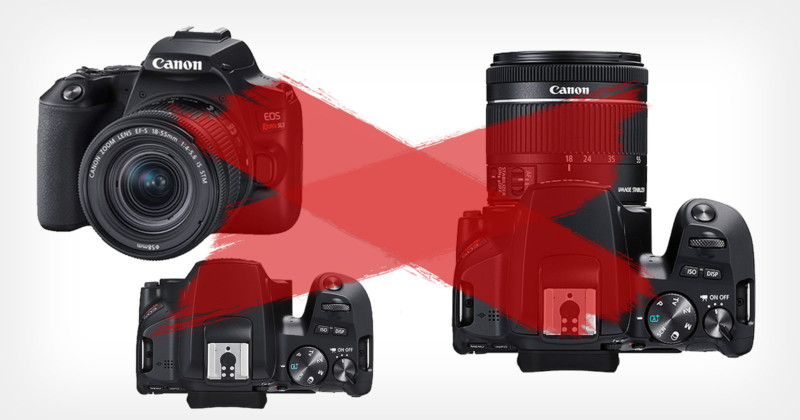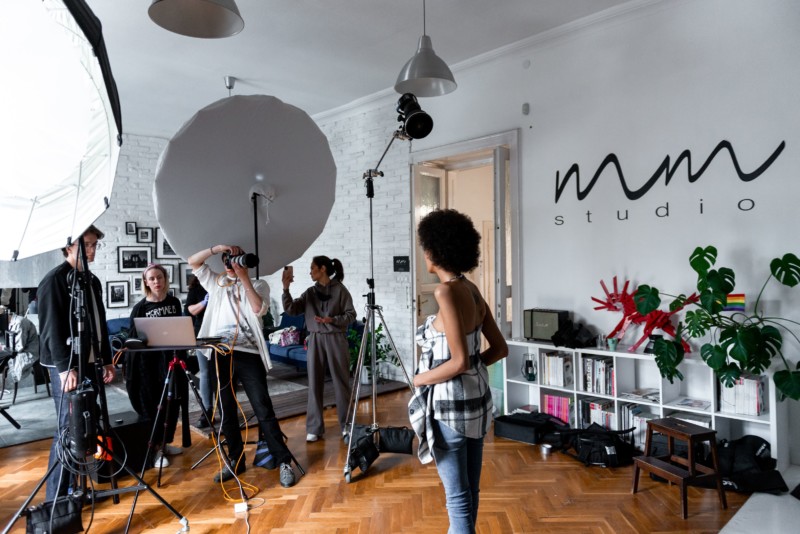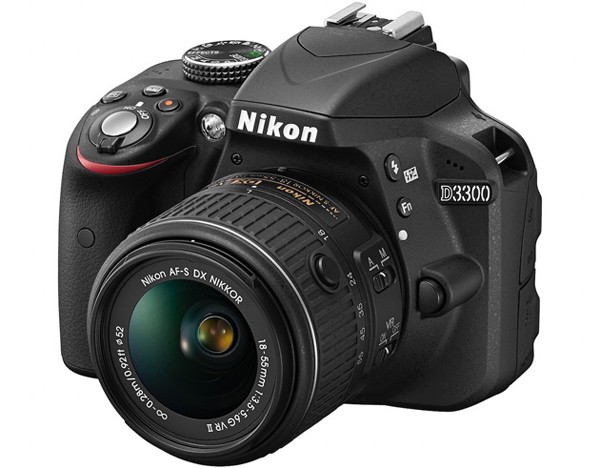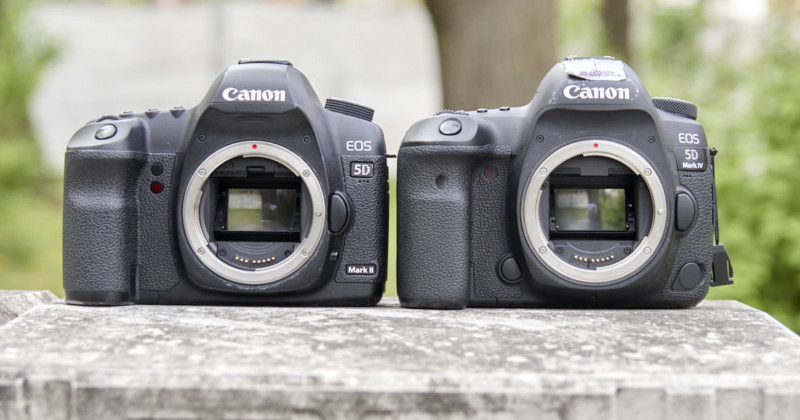
As a fashion photographer with a degree of online presence, it is only natural to get questions about gear every now and then in Instagram DMs and email. There is a universe of gear to choose from across many different brands. As a Canon shooter, you might think that I would recommend their entry-level cameras to beginners. However, I think the opposite.
Whatever you do, don’t get a Canon entry-level camera if you want to do fashion or portrait photography. Here’s why.
Let’s take a step back. I started off with Canon and still shoot with their cameras now. Canon gear has made 95% of my income (5% left for the occasional Phase One). I love my Canon cameras. So far, I believe Canon gear is the best for fashion photography. However, the same can’t be said for their entry-level DSLRs.
Center Pin Problems
The reason I am so critical of Canon’s entry-level DSLRs is that they don’t have a center pin. This, in my opinion, is the worst thing that they can possibly do to beginner photographers. The center pin on the hotshoe is used to trigger the flash. Removing that pin means that no third-party flash can be used with it. For example, even a Profoto A1, which supports TTL, can’t work with entry-level Canon cameras.
Only Canon-manufactured flashes are compatible with the new entry-level camera. Unfortunately, this presents a great limitation.
Why Does It Matter so Much?
1. Portability
Off-camera flash is a must when learning to shape light. Being able to take the flash off and place it in a flattering position can make or break your photos. Besides, it allows you to put modifiers on your flash, and more often than not get more power. Canon flashes are categorized as speedlights, with no more than 77W of juice. When lighting at ISO 100 f/11 and 1/160, you may very well want more power.

2. Price
Canon flashes are expensive. If you want to have off-camera flash from Canon, be prepared to shell out at least $500 if not more. The trigger and a decent flash can set you back even more. When compared to third-party brands such as Yongnuo or Neewer that are commonly sold through retailers like Adorama and Amazon, Canon flashes become expensive. For example, you can buy a flash, trigger, gels, and more, for some $70 if you go with third-party brands.
What Options Do You Have?
There are a few options, from using optical slaves to buying a Nikon. Let’s discuss them:
1. Optical Slaves
While optical slaves are fine for short distances, they essentially fire the flash and that’s it. Walking to the unit to do something as simple as change power is tedious and decreases the momentum of the shoot. Also, optical slaves can be unreliable, which can become a pain after some time.
2. Different Brand
It is a valid option and many pick Nikon, Sony, Olympus, etc. for better off-camera flash performance. I am not a product expect on cameras, but I am aware that lens choice is far better as well as affordable with Canon. So far, the second-hand market offers a much better average price for Canon equipment than any other brand.

3. A Second-Hand Pro Camera
This is the best option. Professional Canon gear has great sensor quality which, in my opinion, produces the best raw files and color. Some Sony cameras have very strange oversaturated color reproduction, while Nikon is quite harsh on skin tones. Be advised that this is my opinion only, and yours may be different.
Second-hand professional equipment, such as a Canon 5D Mark II can be very cheap to buy, currently costing around $400. Considering that it is a far better option than a $700 entry-level DSLR, it’s a no-brainer to go with a slightly older but professional-grade camera.

Read also: How I Saved $15,000 When Buying Pro Camera Gear
Closing Thoughts
Generally speaking, an entry-level camera should be what you need. If you’re starting out in wildlife, you may only get to flash in a decade. However, with genres where controlling artificial light is crucial to being able to achieve results, not having something as basic as a center pin for triggering flash is very detrimental and limiting to what you can achieve.